We have booked for 2 nights at the Westonia Caravan Park, so today we plan on checking out some nearby locations for possible orchids. The morning is very cold, in fact, ice has formed on the tonneau cover of Richard’s Triton. We again use the kitchen facilities and enjoy bacon and eggs on avo toast with hollandaise sauce. The sun is shining so we lay out all our wet belongings from yesterday to dry. We head into town first to check out with the shire if their local roads are open. They are all open, so we are able to follow our plan. We next call into a cafe to pick up takeaway lunch for later and a coffee for now, plus some gifts for the grandkids.
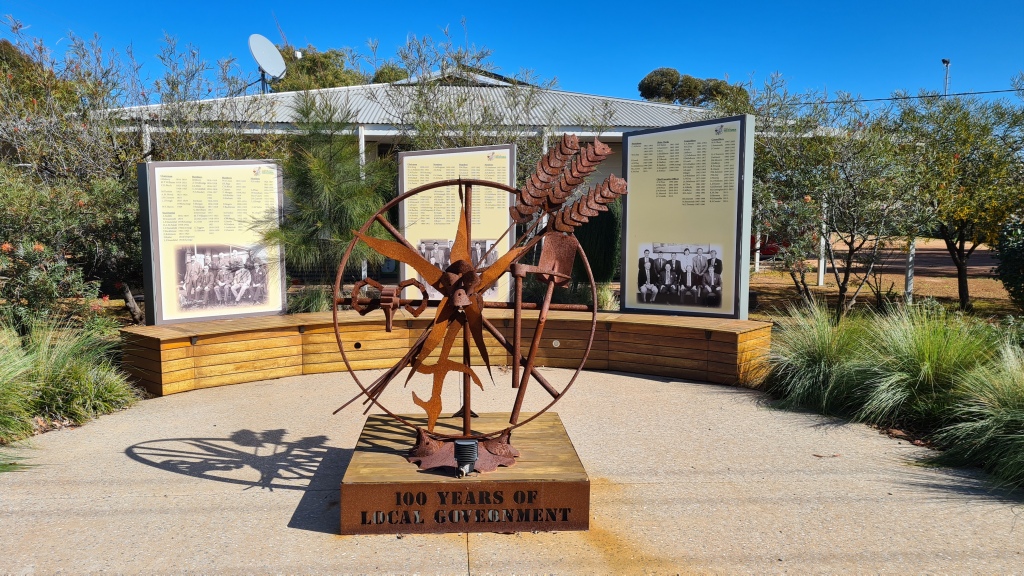
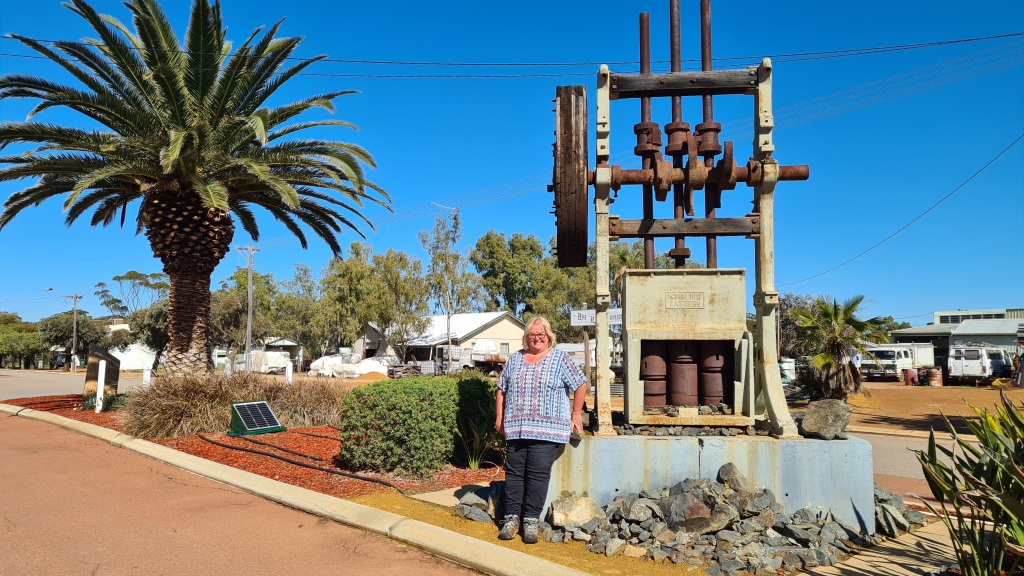
Leaving town, we head north to Geelakin Rock, where we find the usual large water tank which is filled by runoff from the granite rock.

In the first patch of bush, we immediately find orchids. First up we find the beautiful Drooping spider orchid (Caladenia radialis) which has a widespread distribution from Northampton to Fitgerald National Park. They are a distinct spider orchid, with usually dropping petals and sepals and a labellum with smooth edges or with a few short fringe elements.


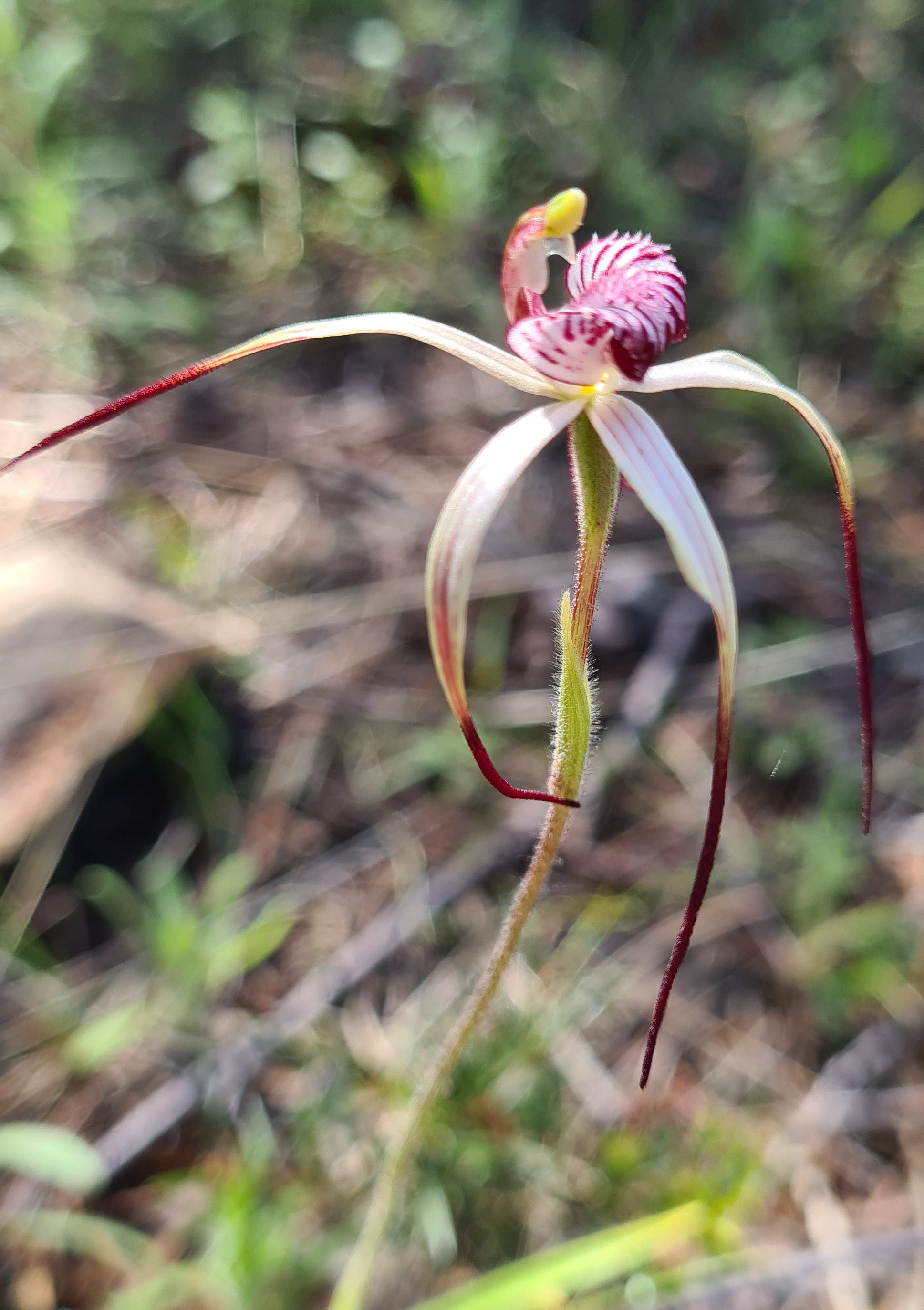
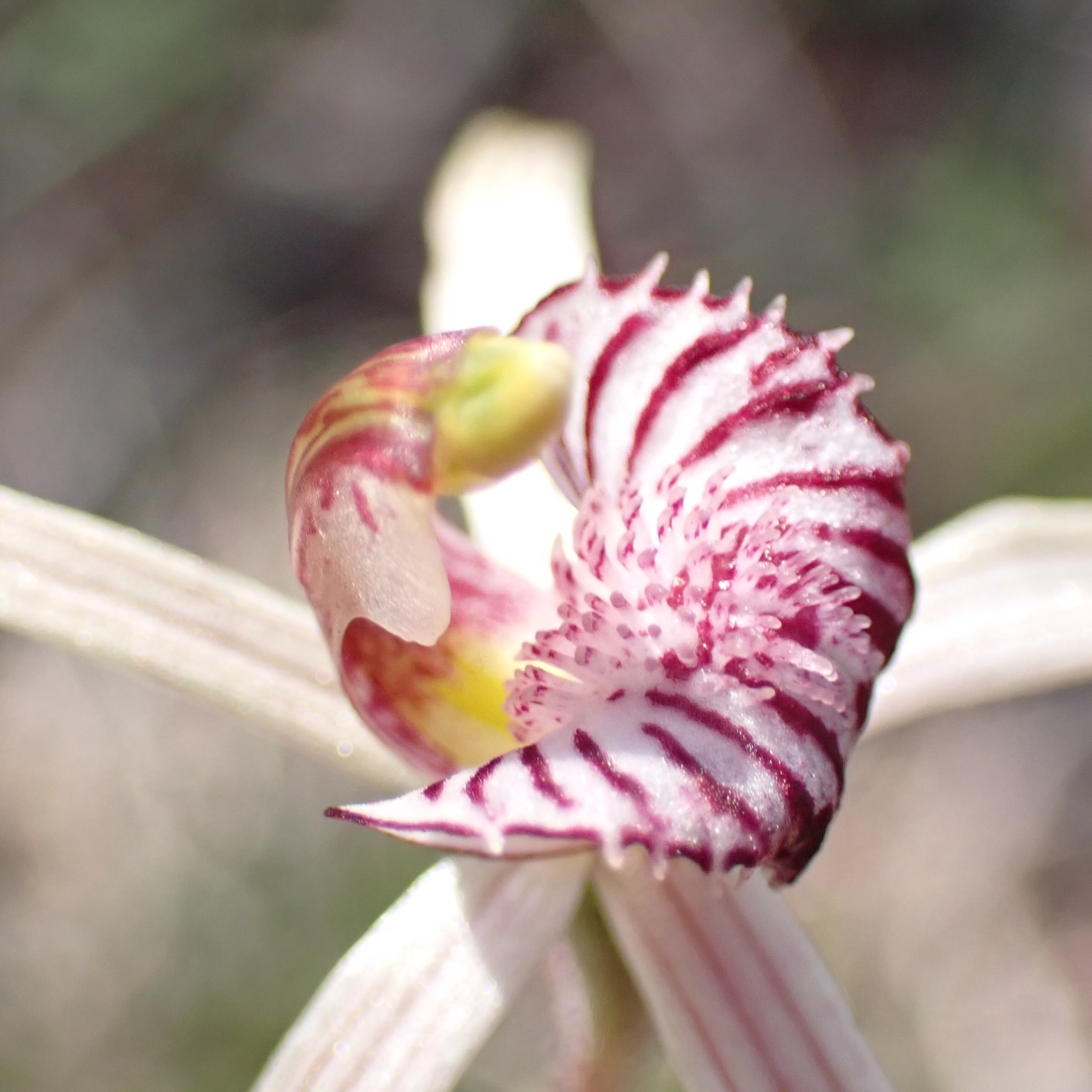
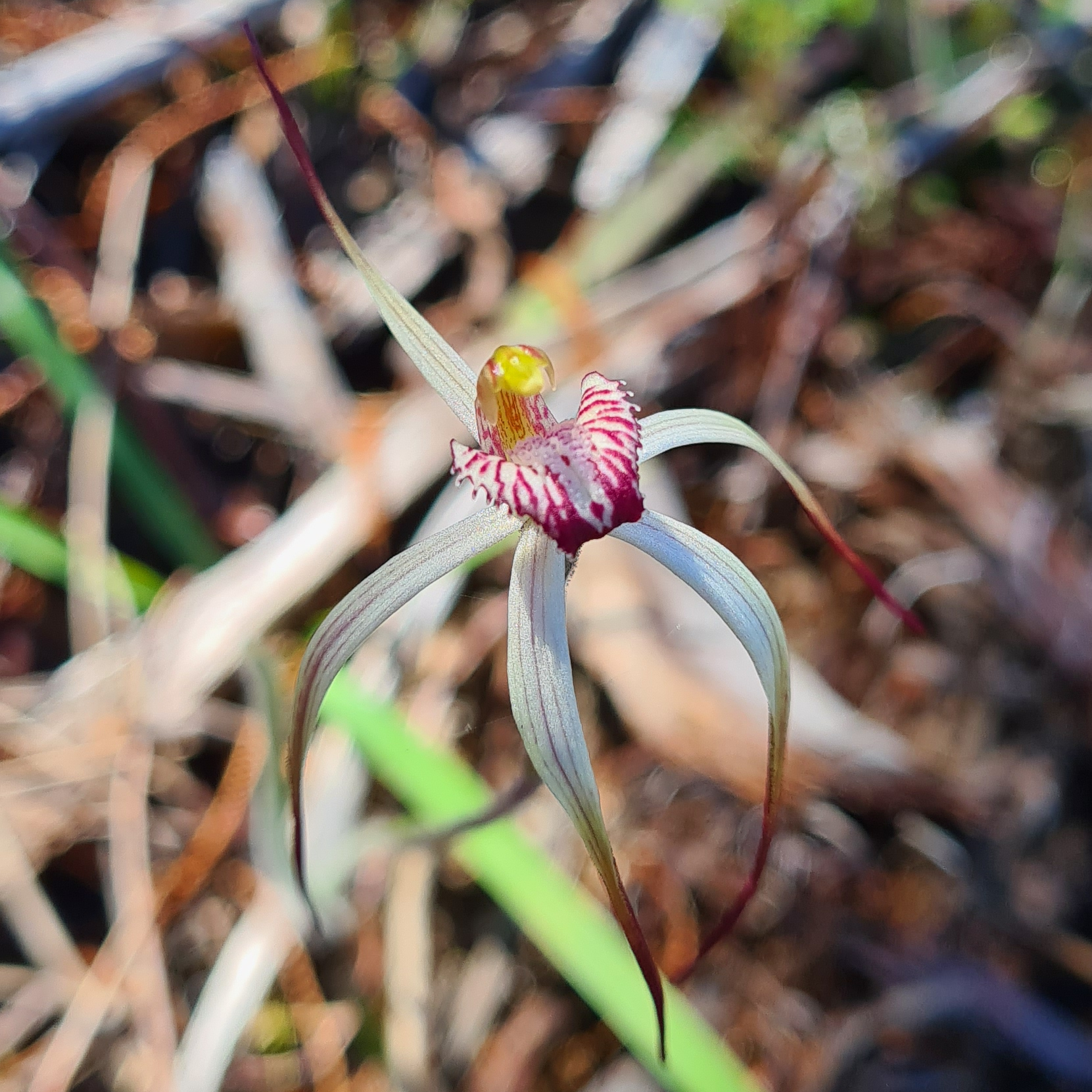

A different species then pops into view. The bright cheerful Blue beard (Pheladenia deformis), is a common widespread orchid which ranges from Kalbarri down to Israelite Bay then eastwards into SA and beyond. It is easy to see where the common name came from, with the many labellum calli.



Amazingly only one snail orchid was found in our search of this rock. The Hairy-stemmed snail orchid (Pterostylis setulosa) is a common inland orchid. Common maybe but my one and only photo is not real good, but I had to record its discovery.

Luckily the next orchid stood out in the grasses however this does not equate to easy identification, especially with these smaller spider orchid species. However, using both Florabase and the Atlas of Living Australia as references, I will be naming theses first spider orchids the Chameleon spider orchid (Caladenia dimidia), which is a common, variable inland species.
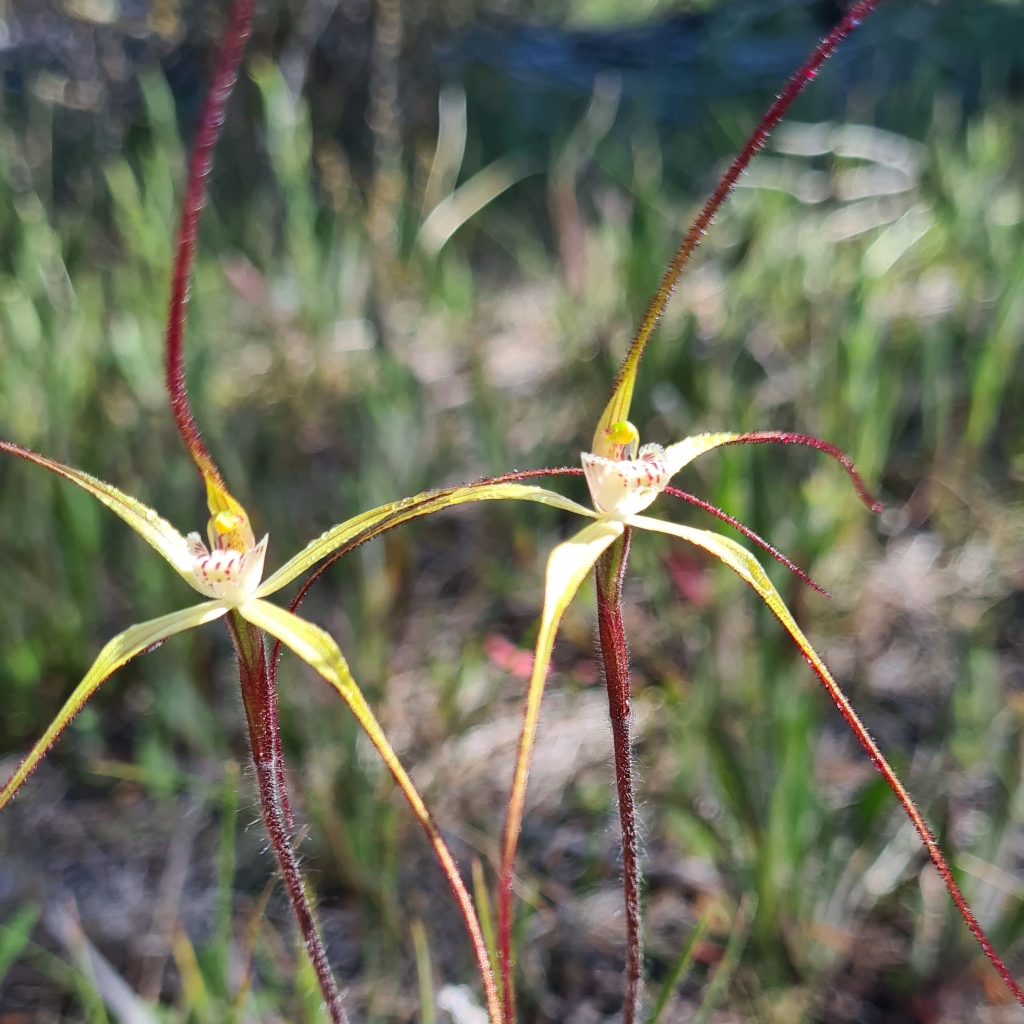


Another small spider orchid appears to be the Common spider orchid (Caladenia varians) due to its whiter colouring and pendulous petals and sepals. As the name suggests they are a common orchid which grows between Kalbarri and Esperance.

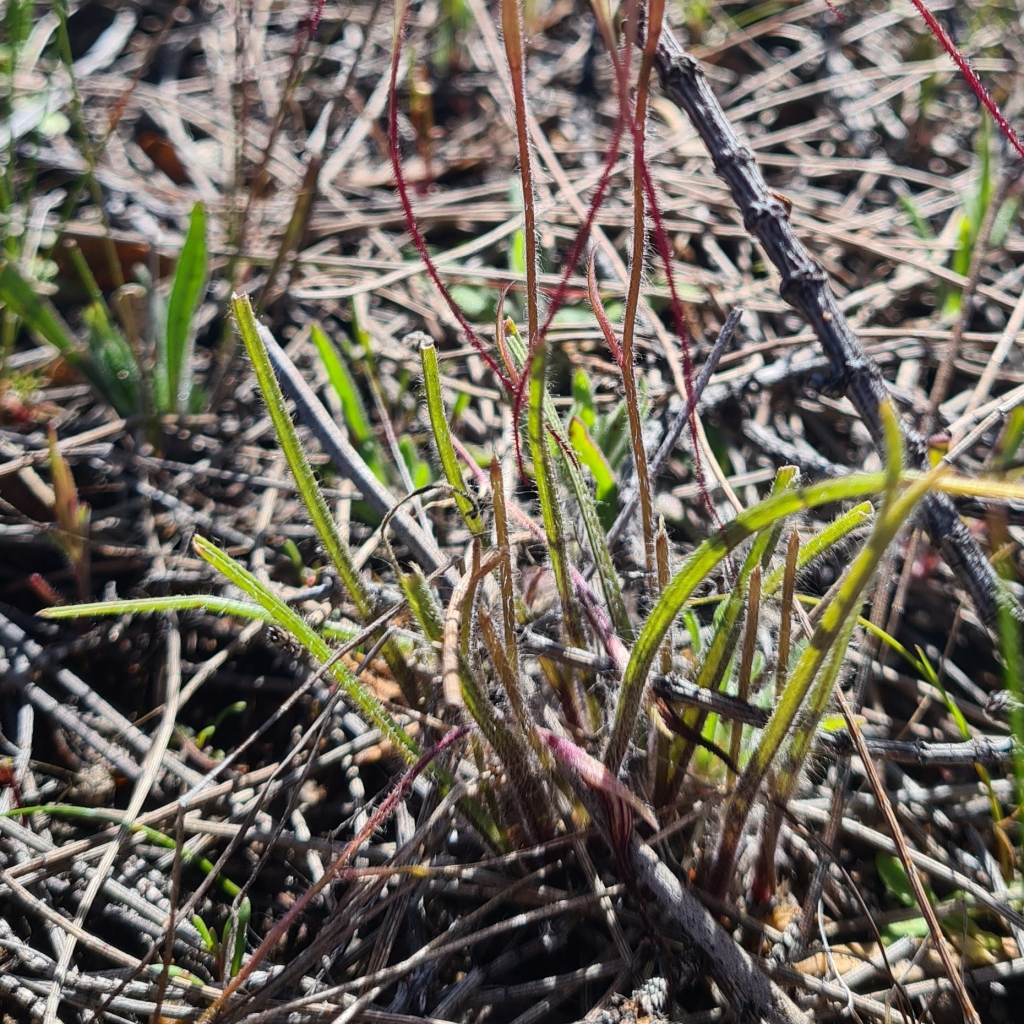
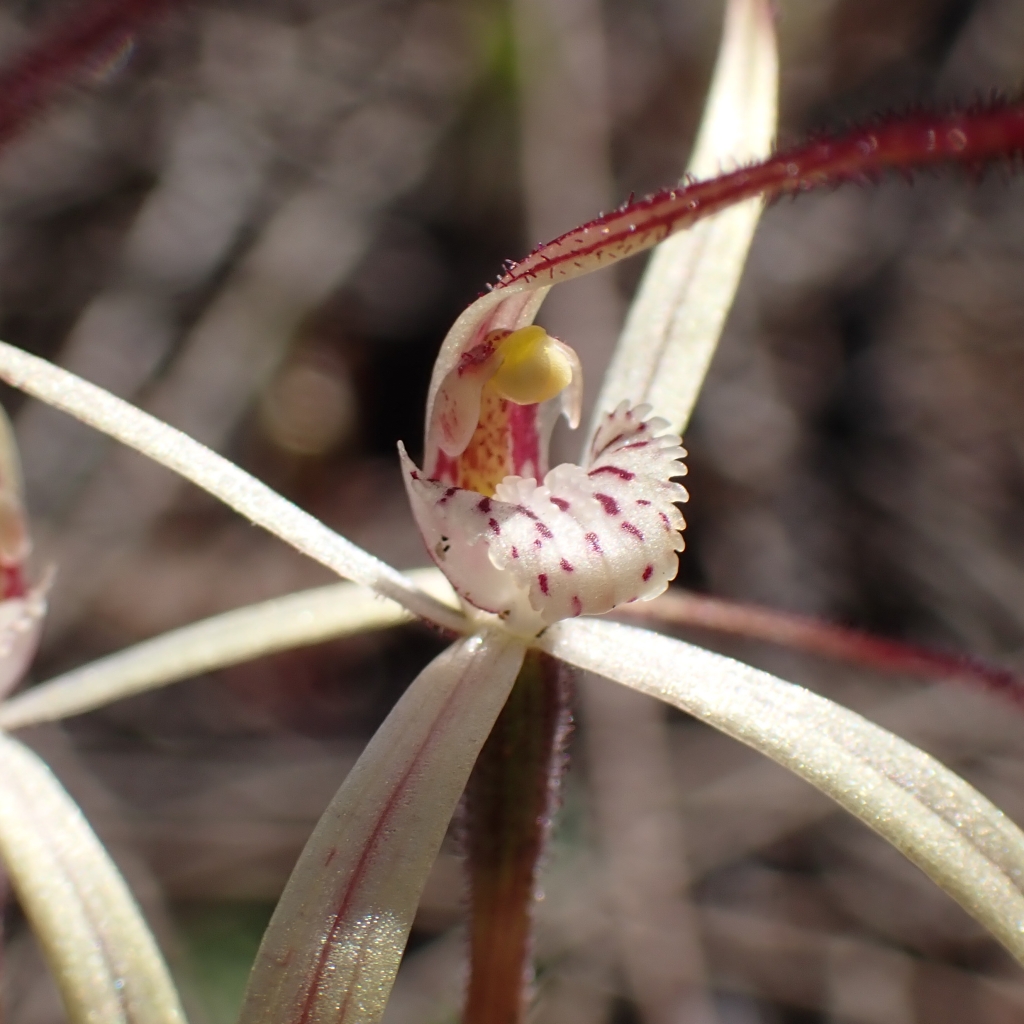
Then one of the unique types of spider orchids is found. The small Ant orchid (Caladenia roei) is found growing next to one of the Drooping spider orchids. They can grow as high as 300mm however this specimen and others found were much shorter.
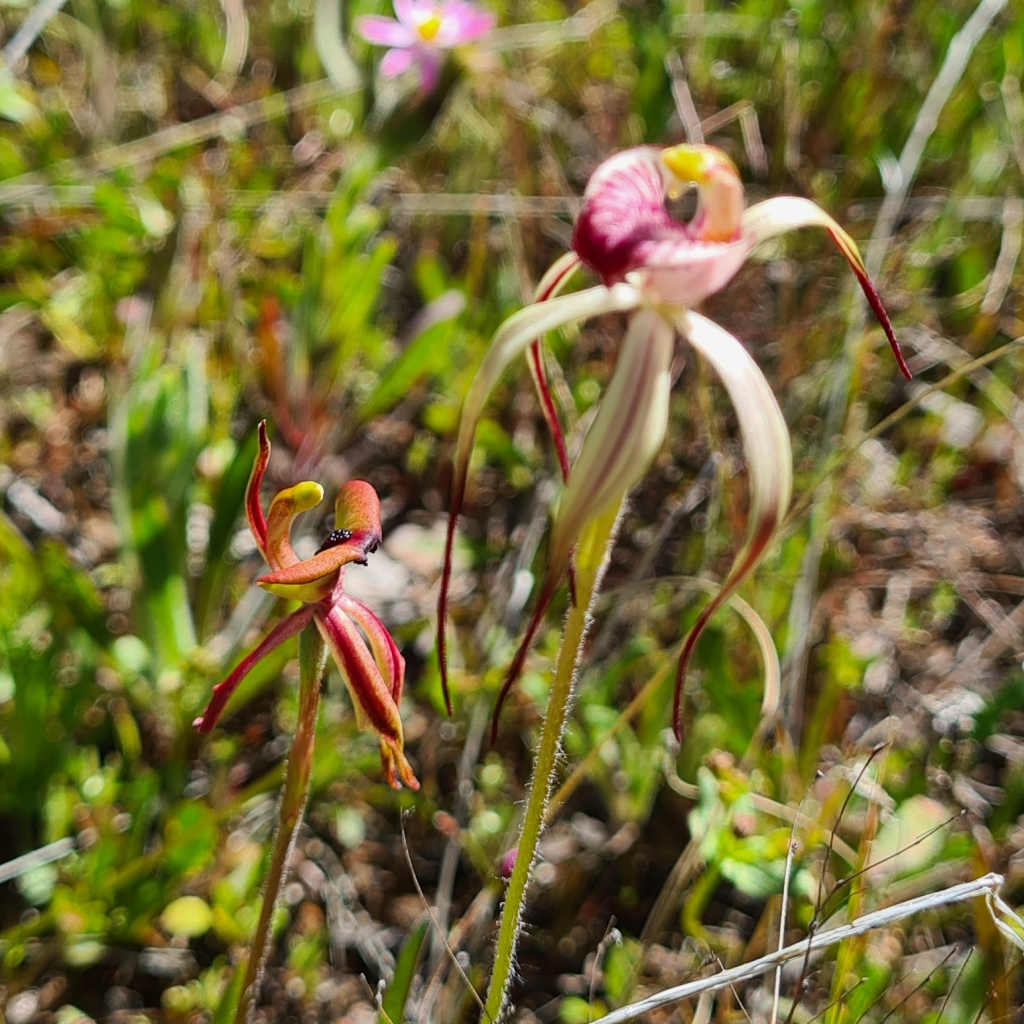


After a good 45 mins exploring this rock and surrounds, we decide to move onto our next planned stop, Warrachuppin Rock. At the intersection of the Koorda – Bullfinch Road we pull over at the Warralakin Hall for a photo as it is a rustic corrugated iron building. Warrachuppin Rock unfortunately is behind a fence so we could not reach it and after a quick search around the scrub I only located some Hairy-stemmed snail orchids.
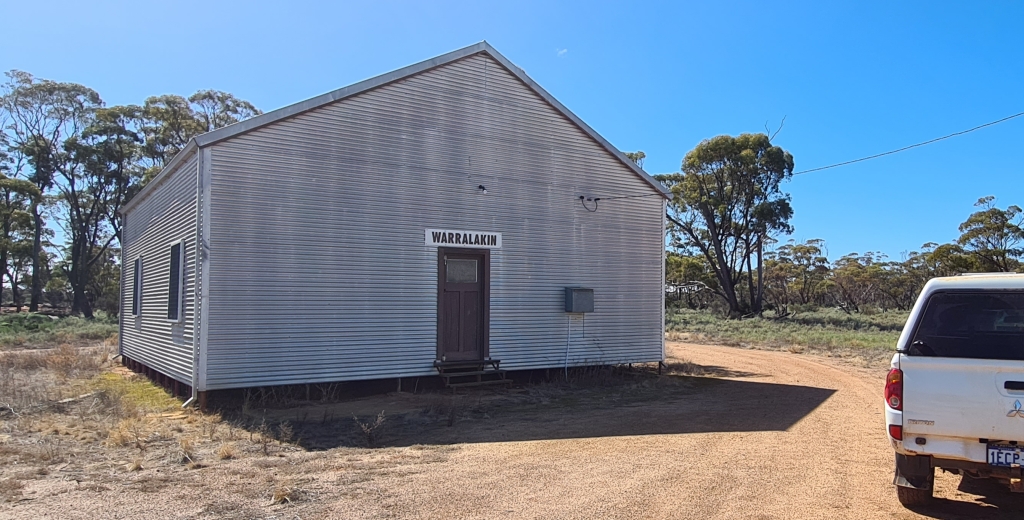

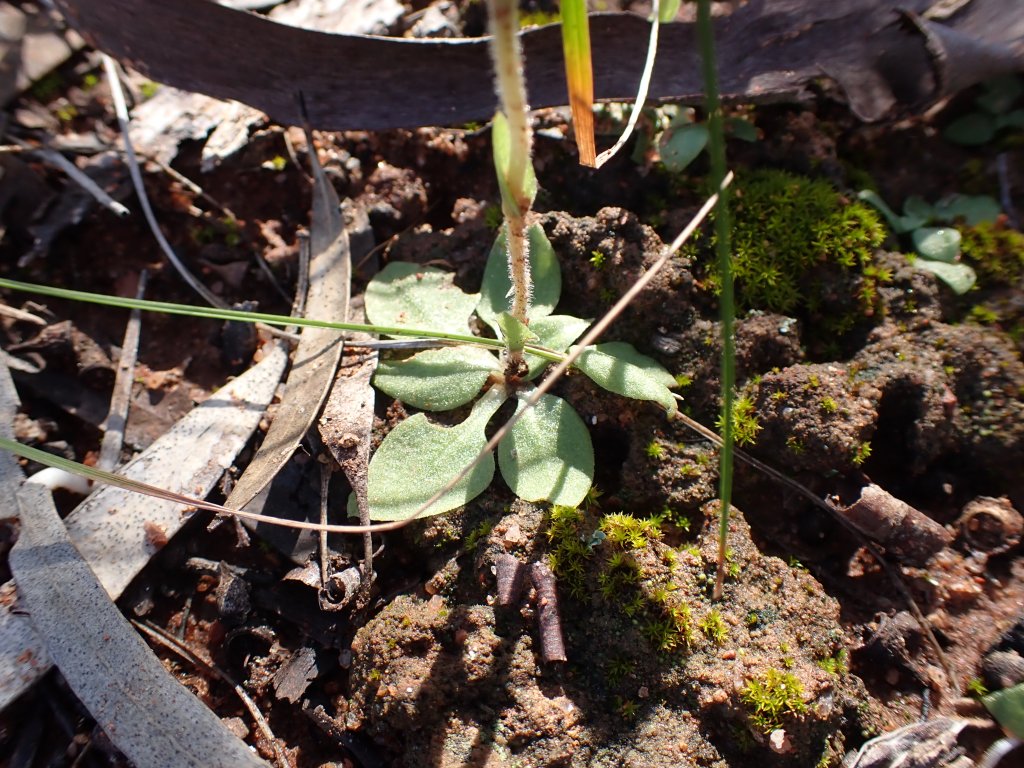
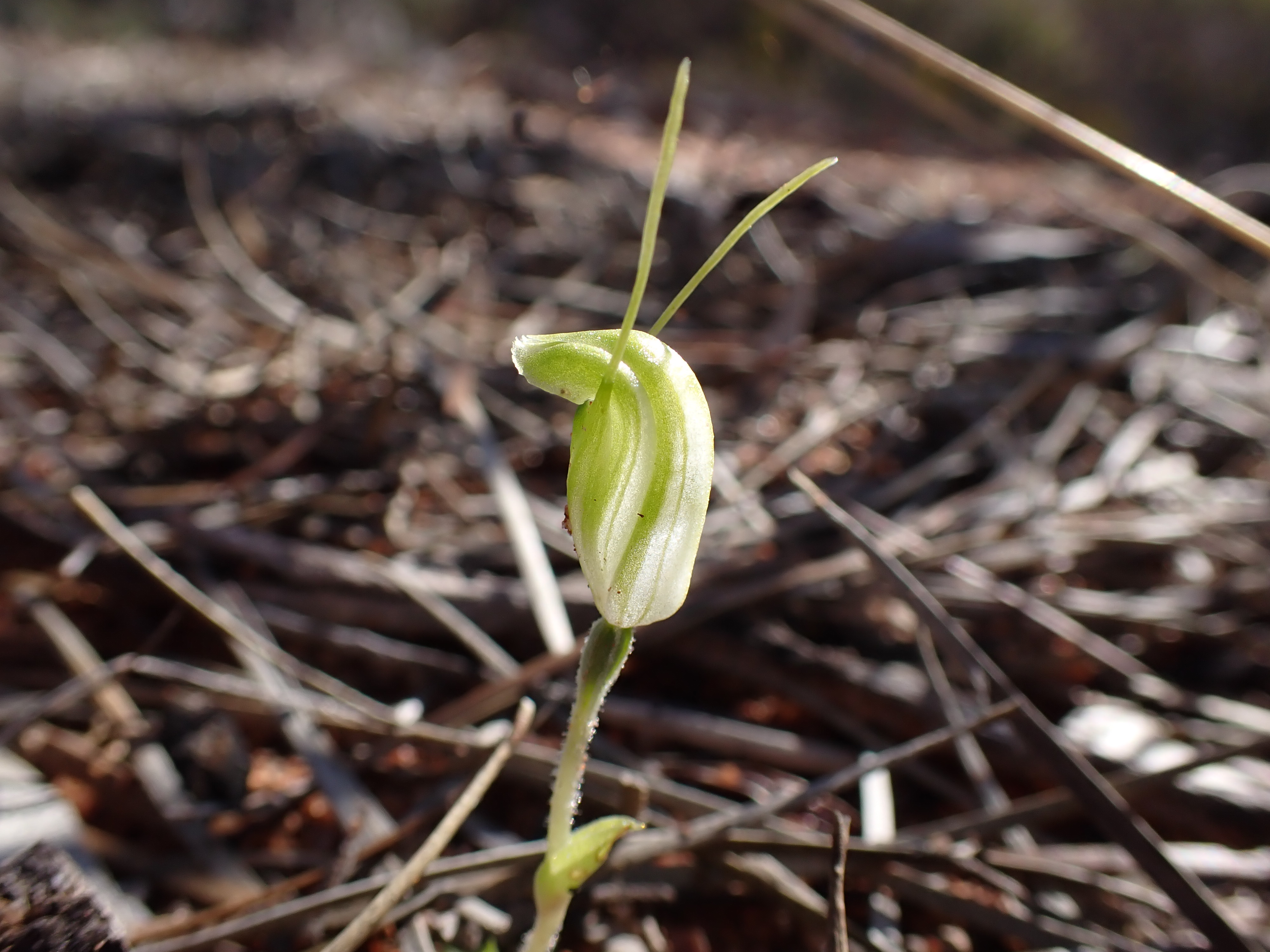
So onwards to our final planned stop of the day, Baladjie Rock. At least this spot is set up for visitors. As expected, the first orchids found are more snail orchids. Some had shorter lateral sepals and less hairy stems, but the location leads me to name them all Hairy-stemmed snail orchids.
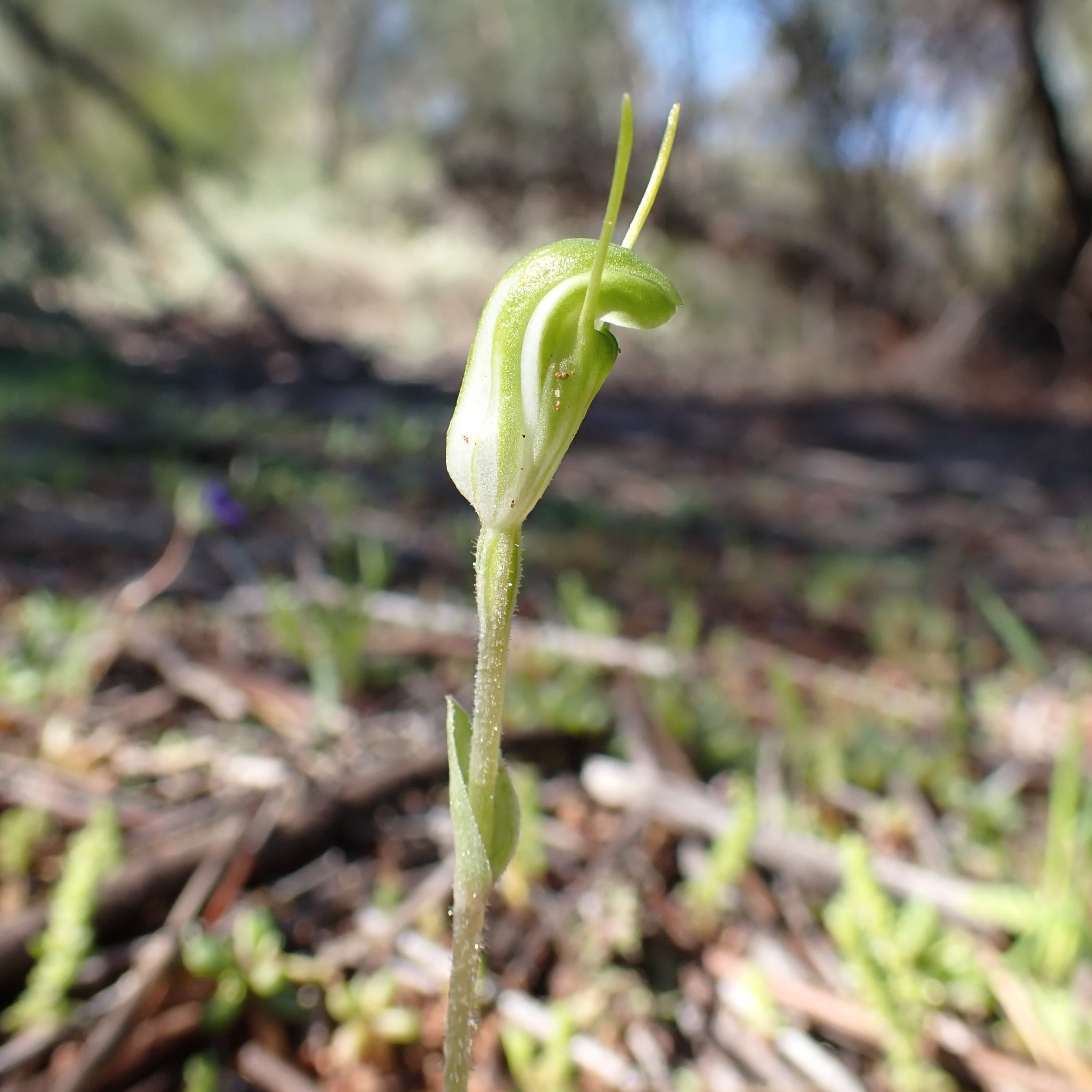

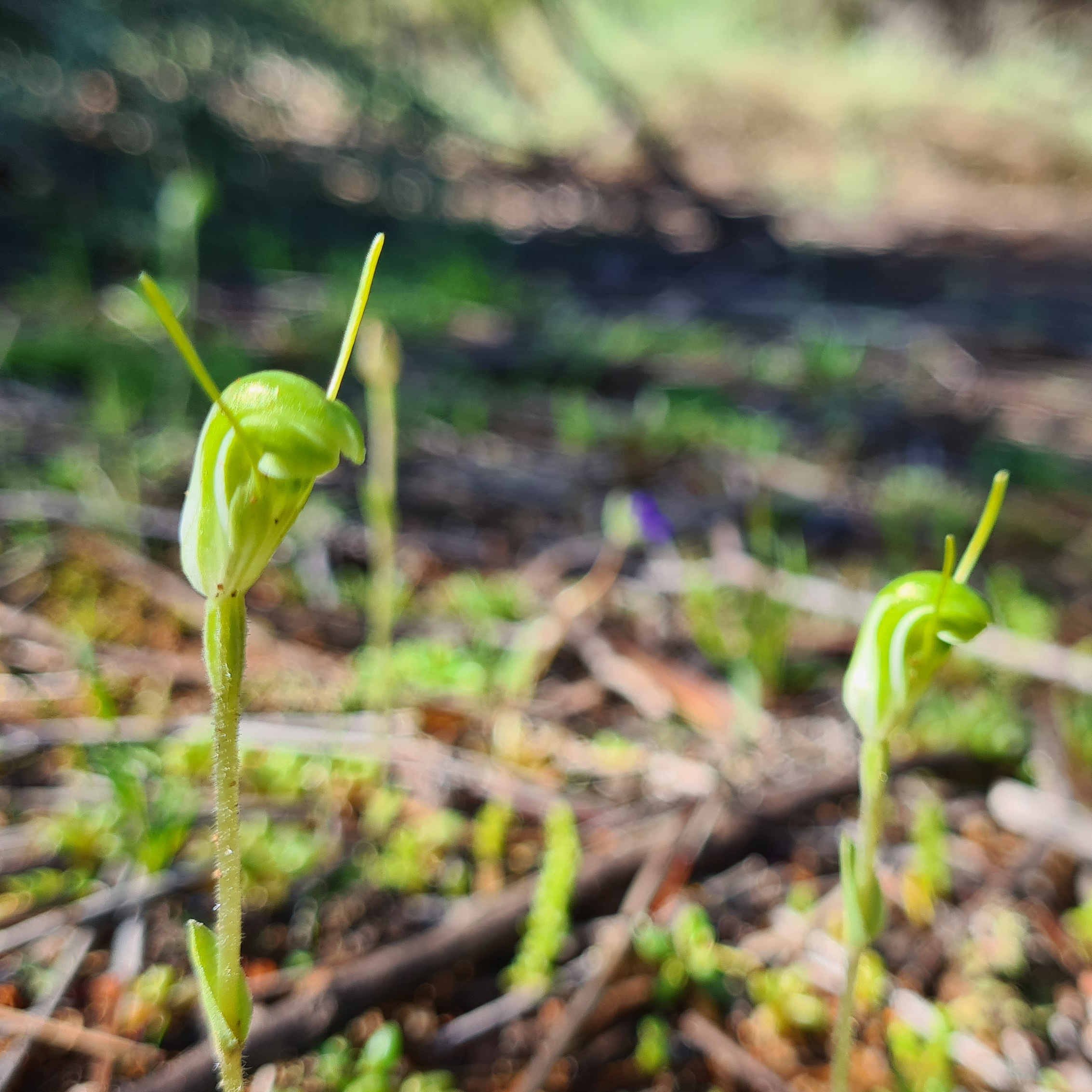
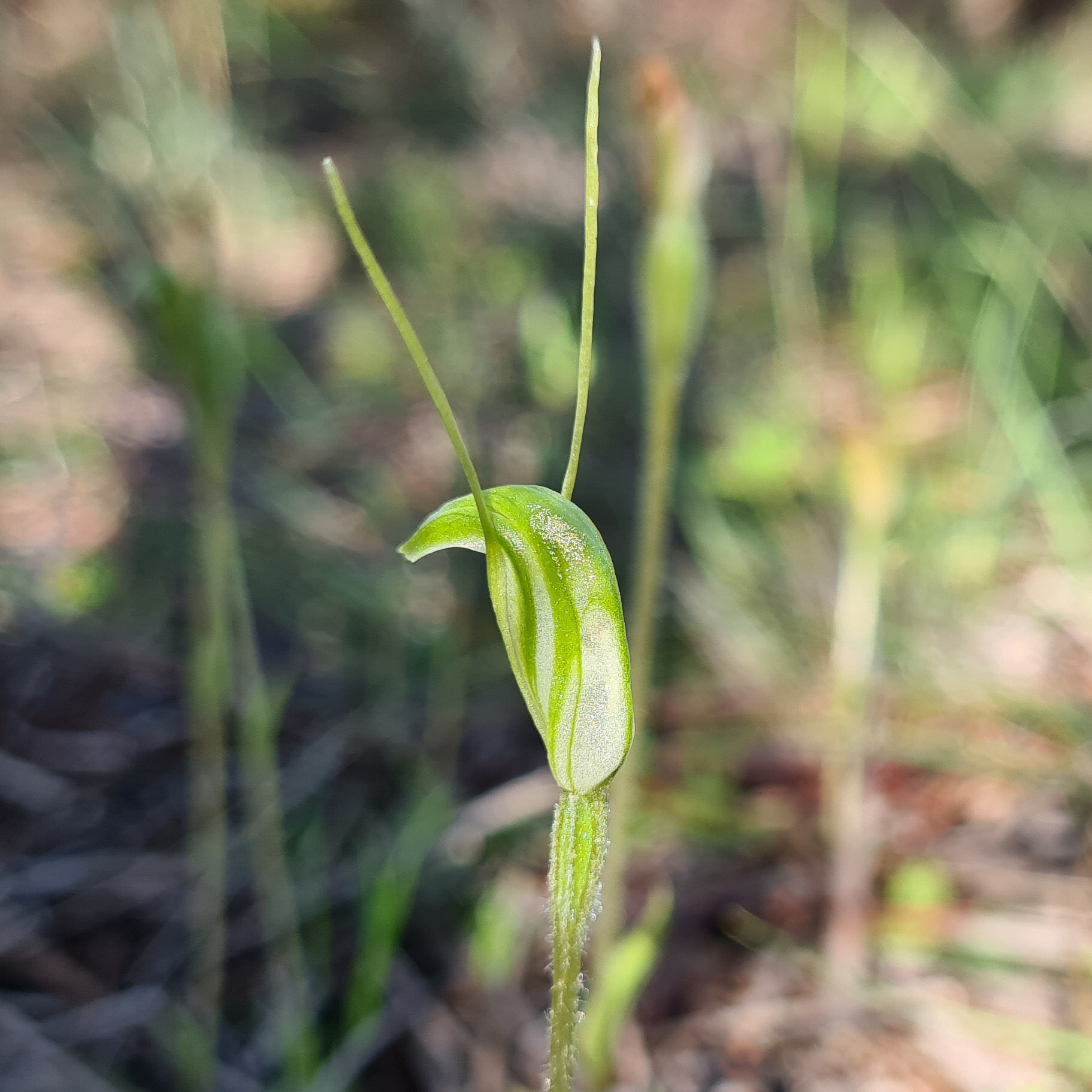


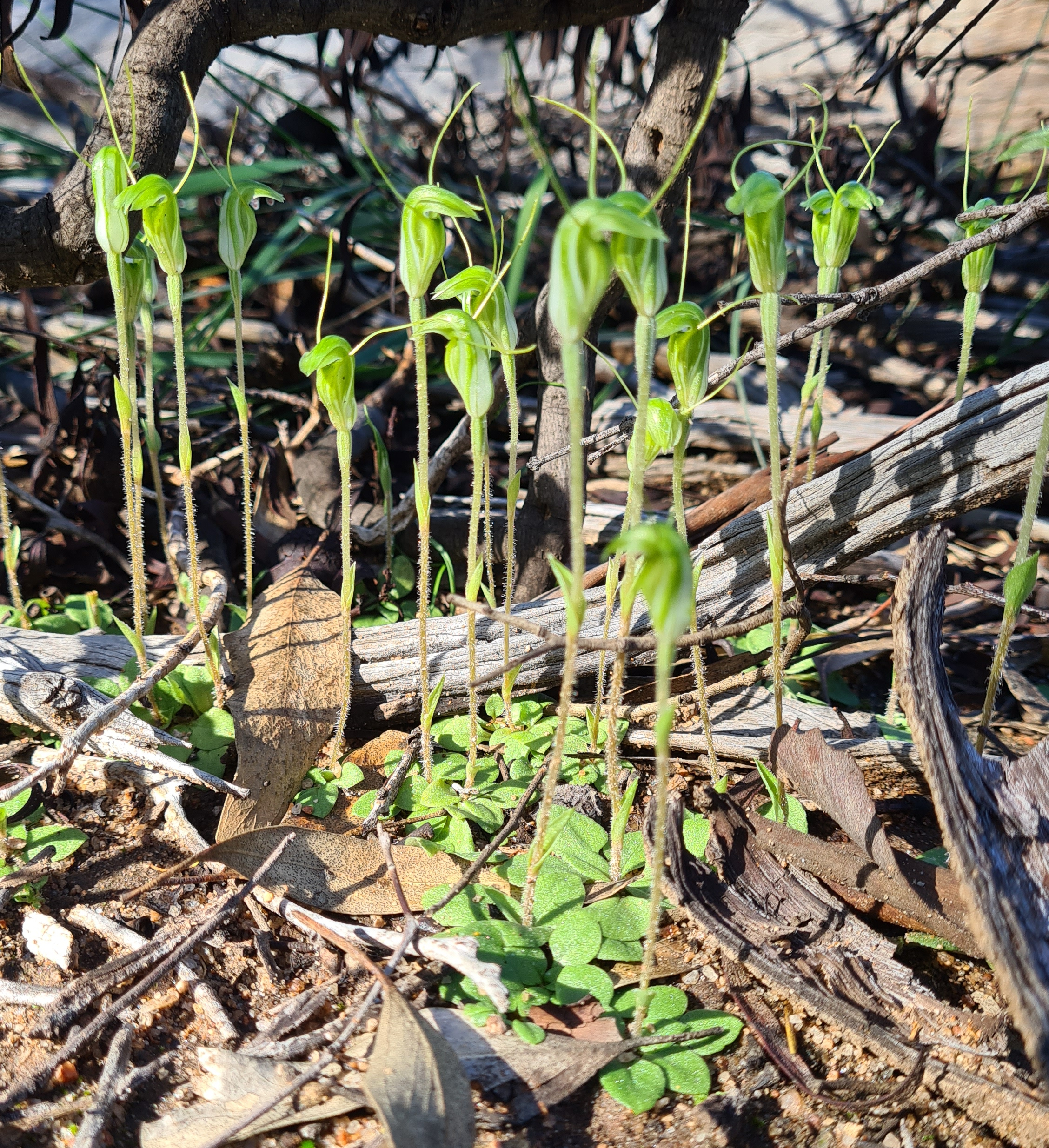
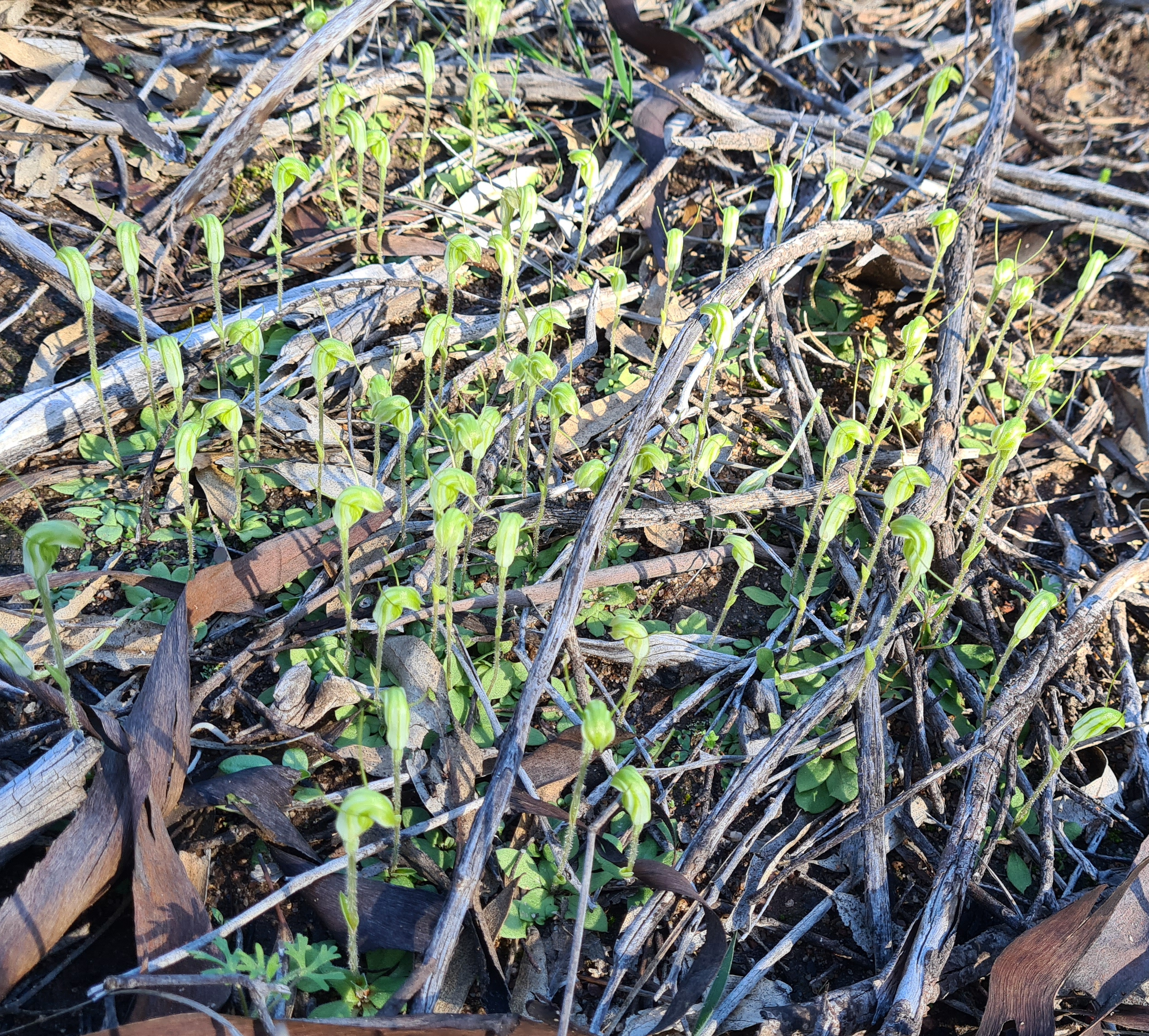

After 20 minutes of nothing but the occasional snail orchid I finally find another species for the day growing on the rock. The small Dainty blue orchid (Cyanicula amplexans) is growing in a sheltered nook on the eastern side of the rock. These beautiful little orchids grow between Kalbarri and Norseman during the months of August through October.

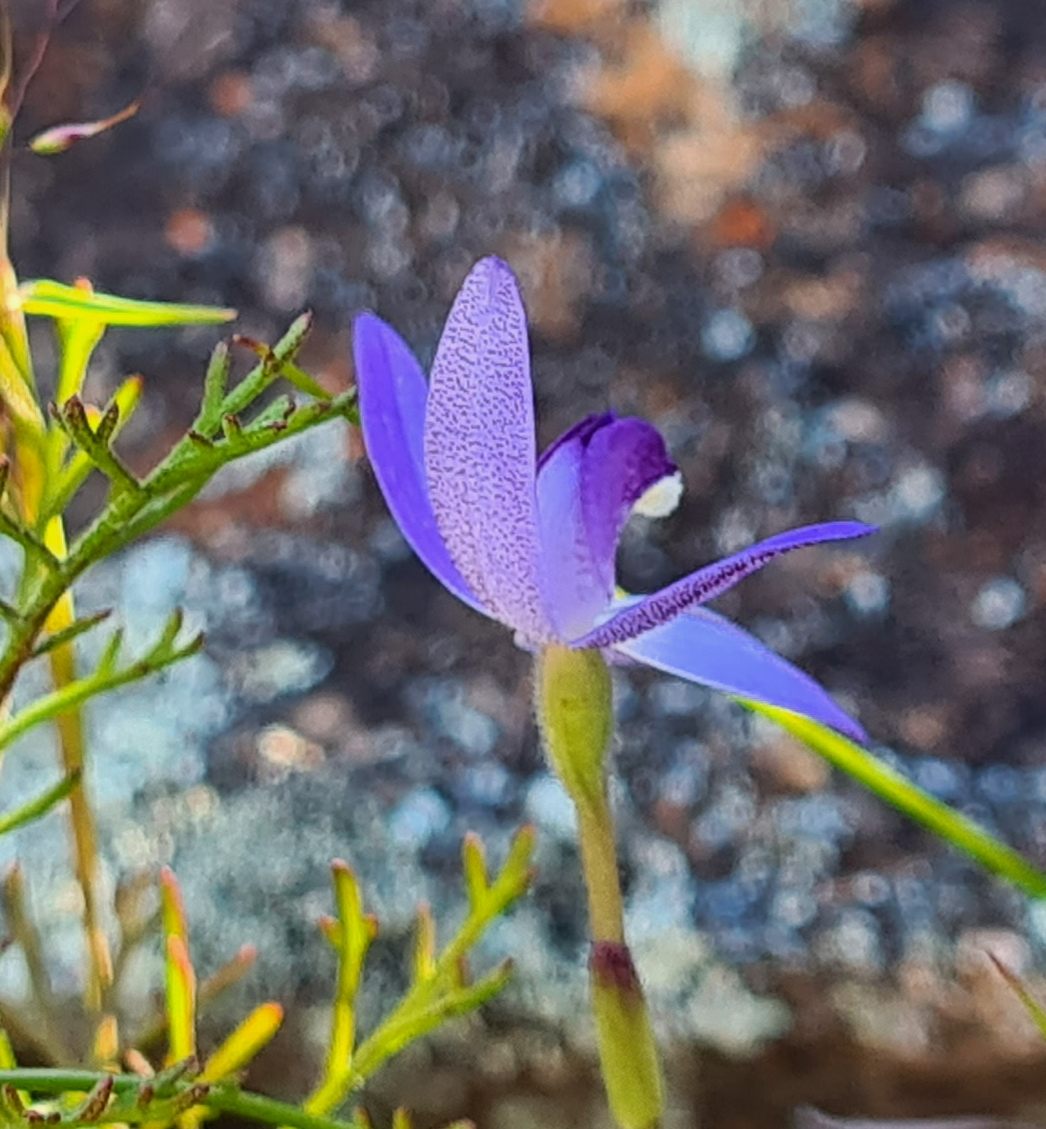
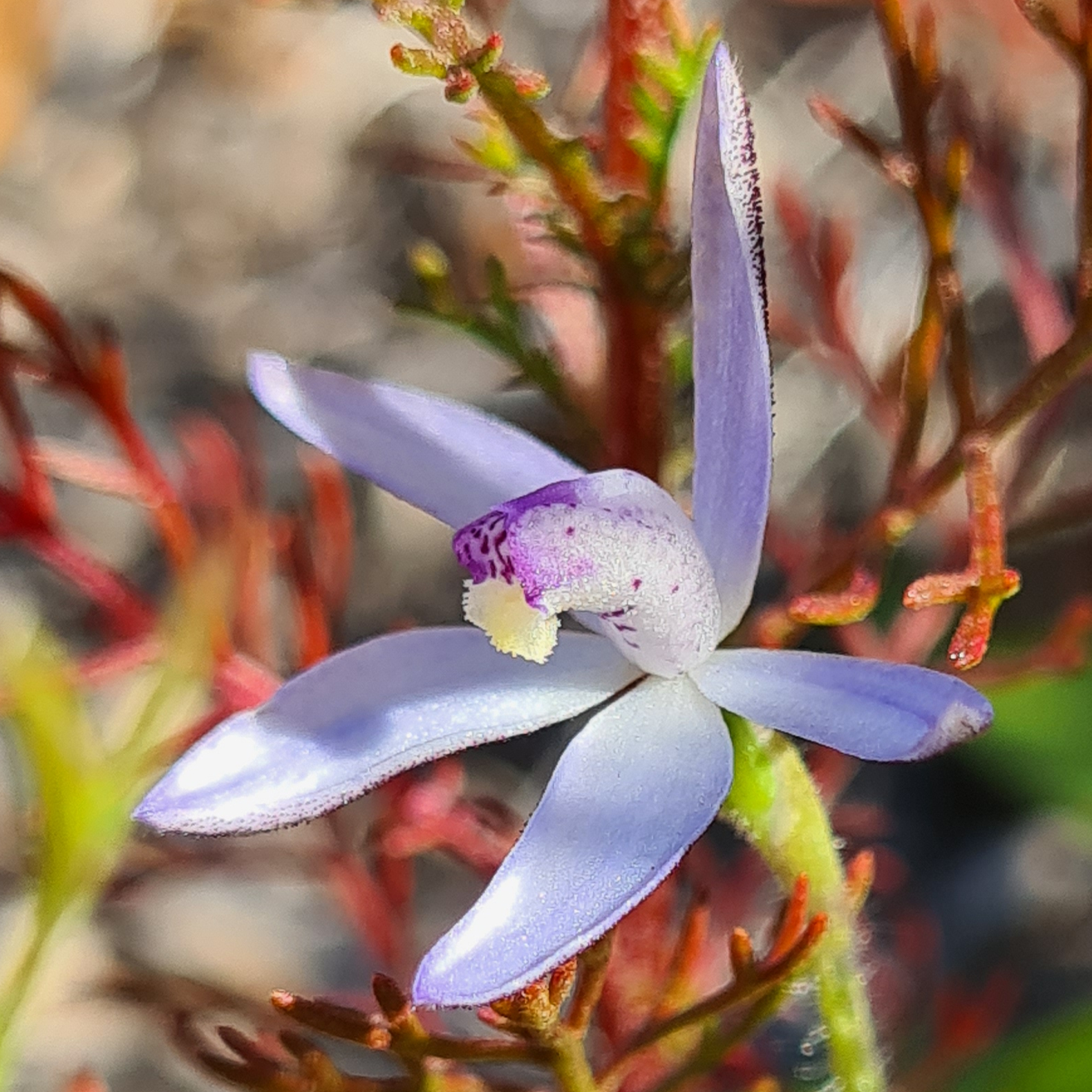

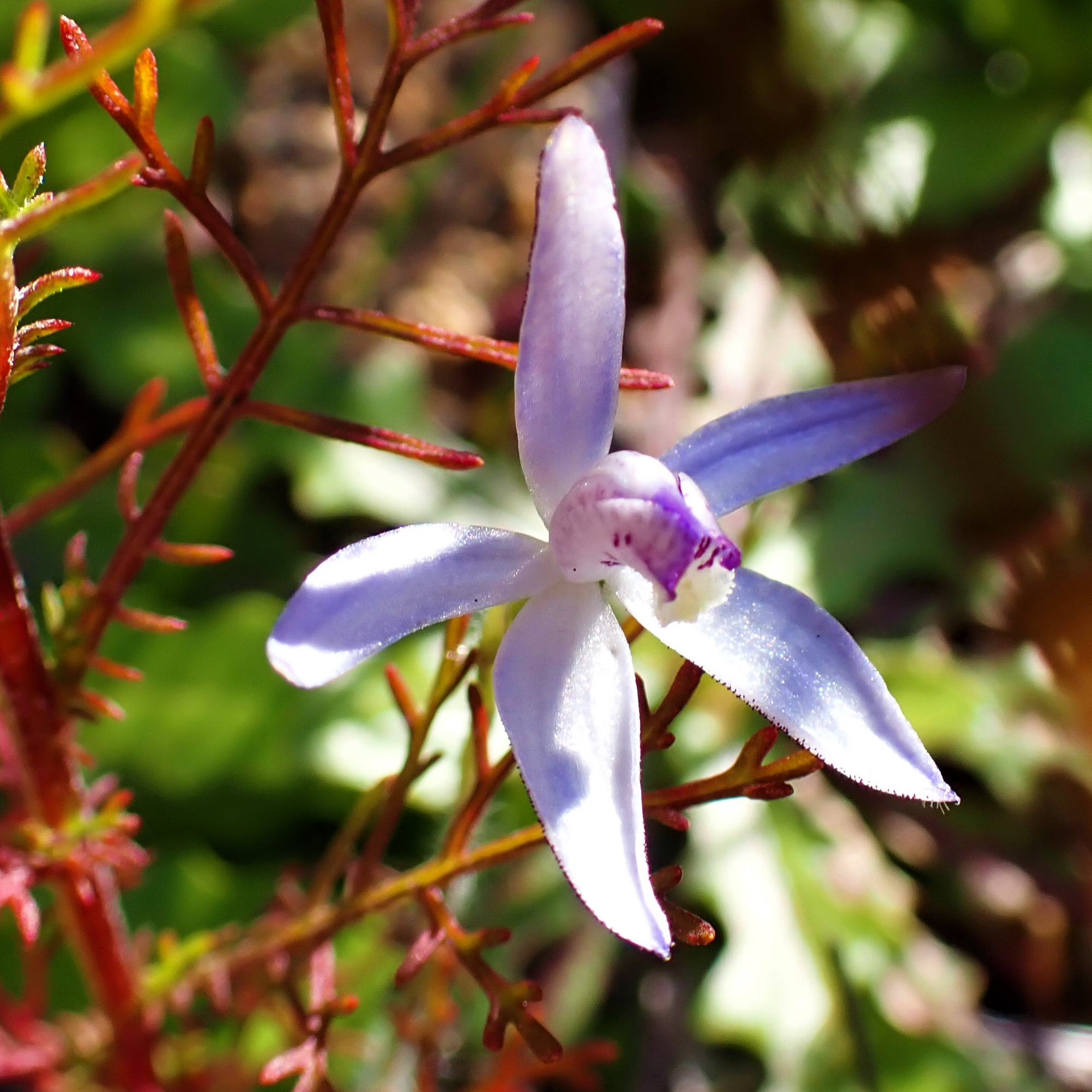
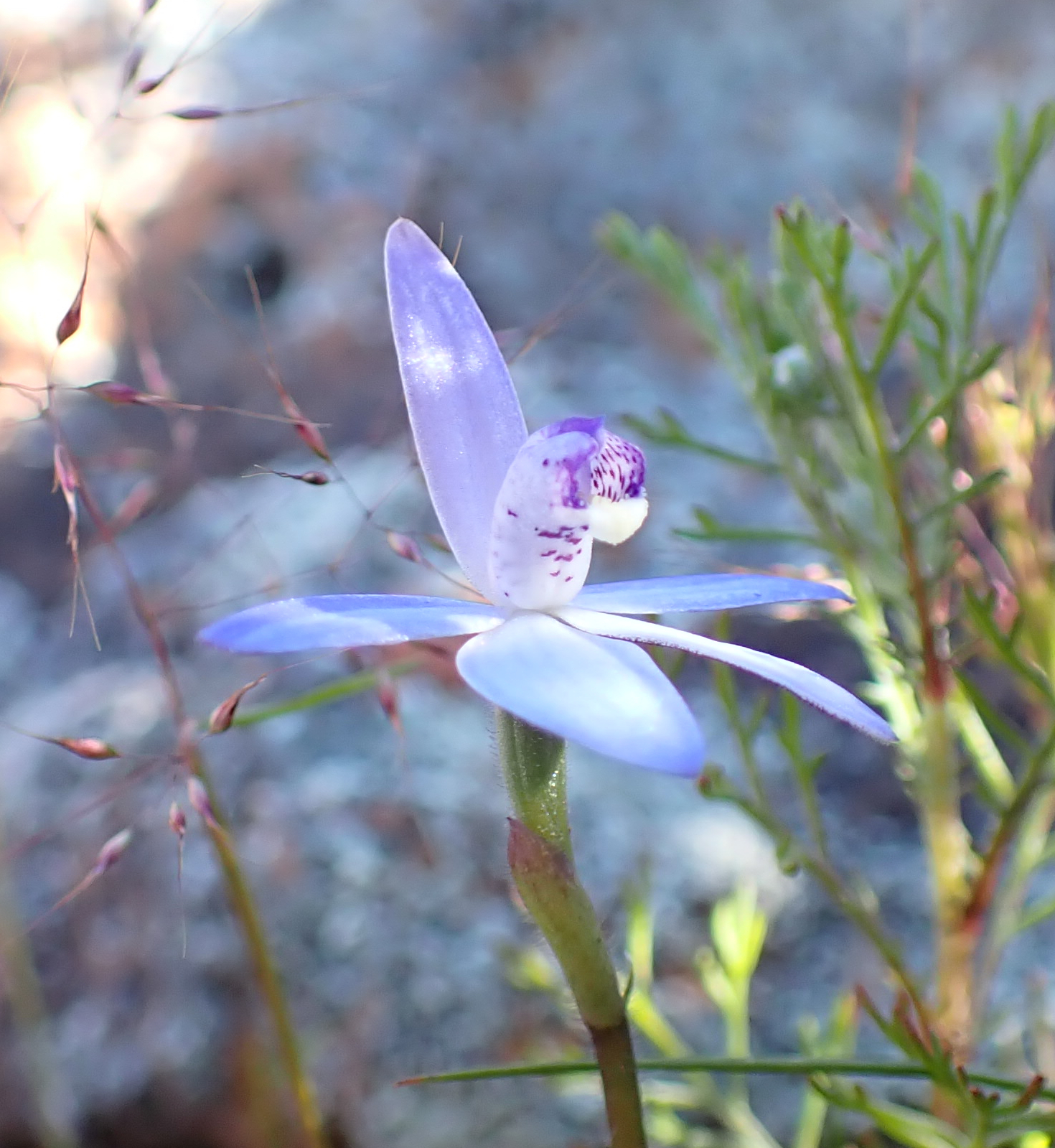

Back down on level ground I come across a couple of Ant orchids (C. roei) growing in the cleared patches of the scrub.



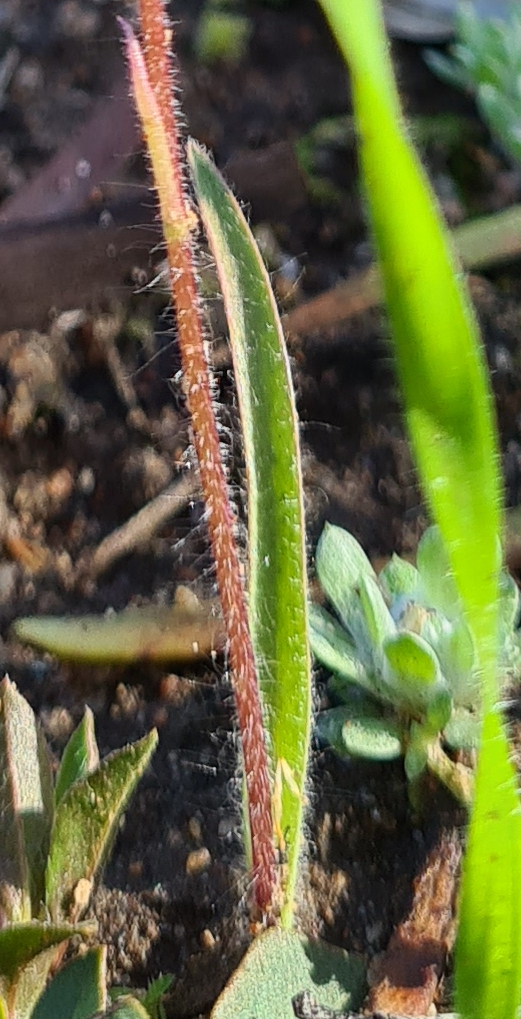
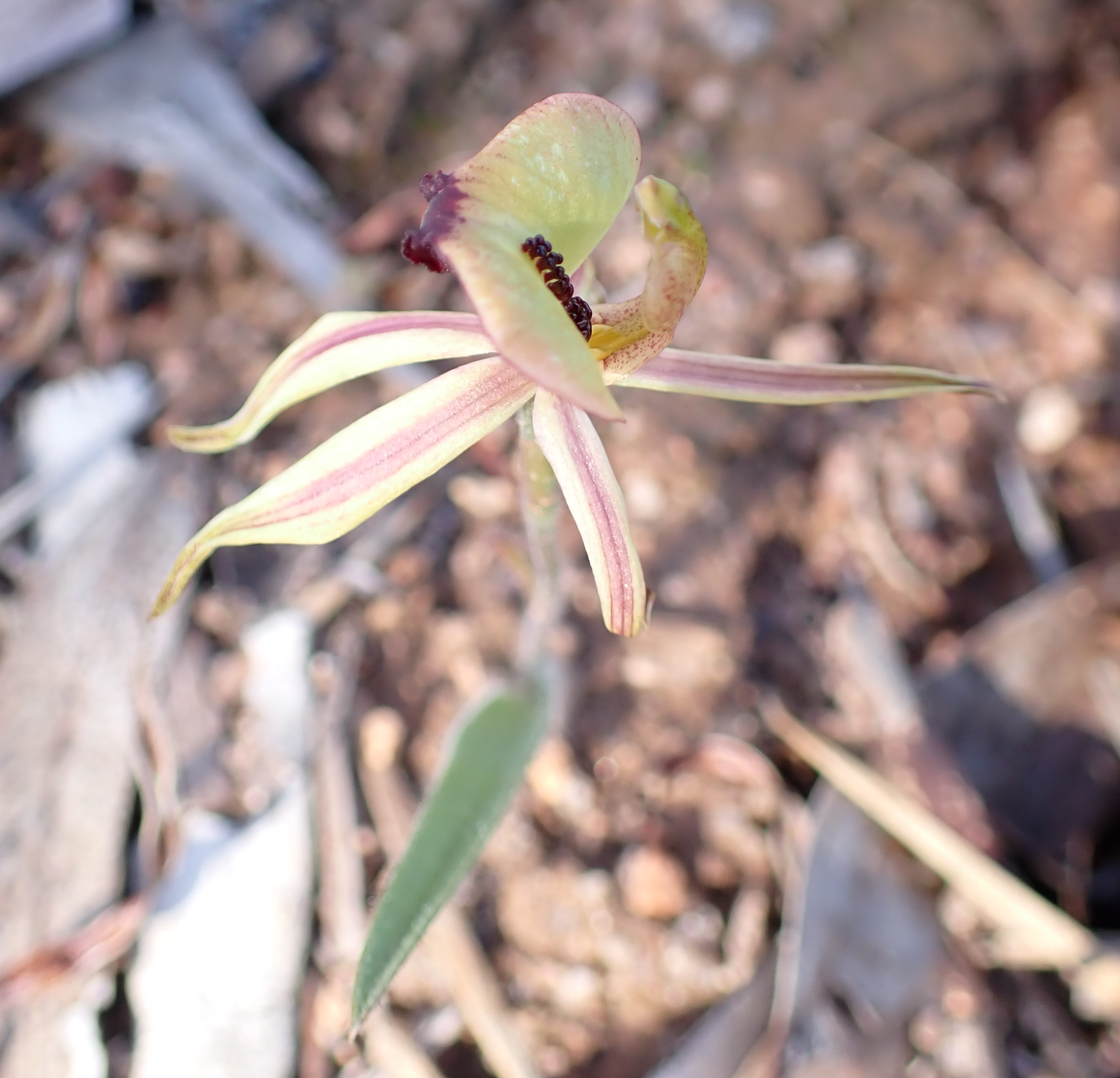
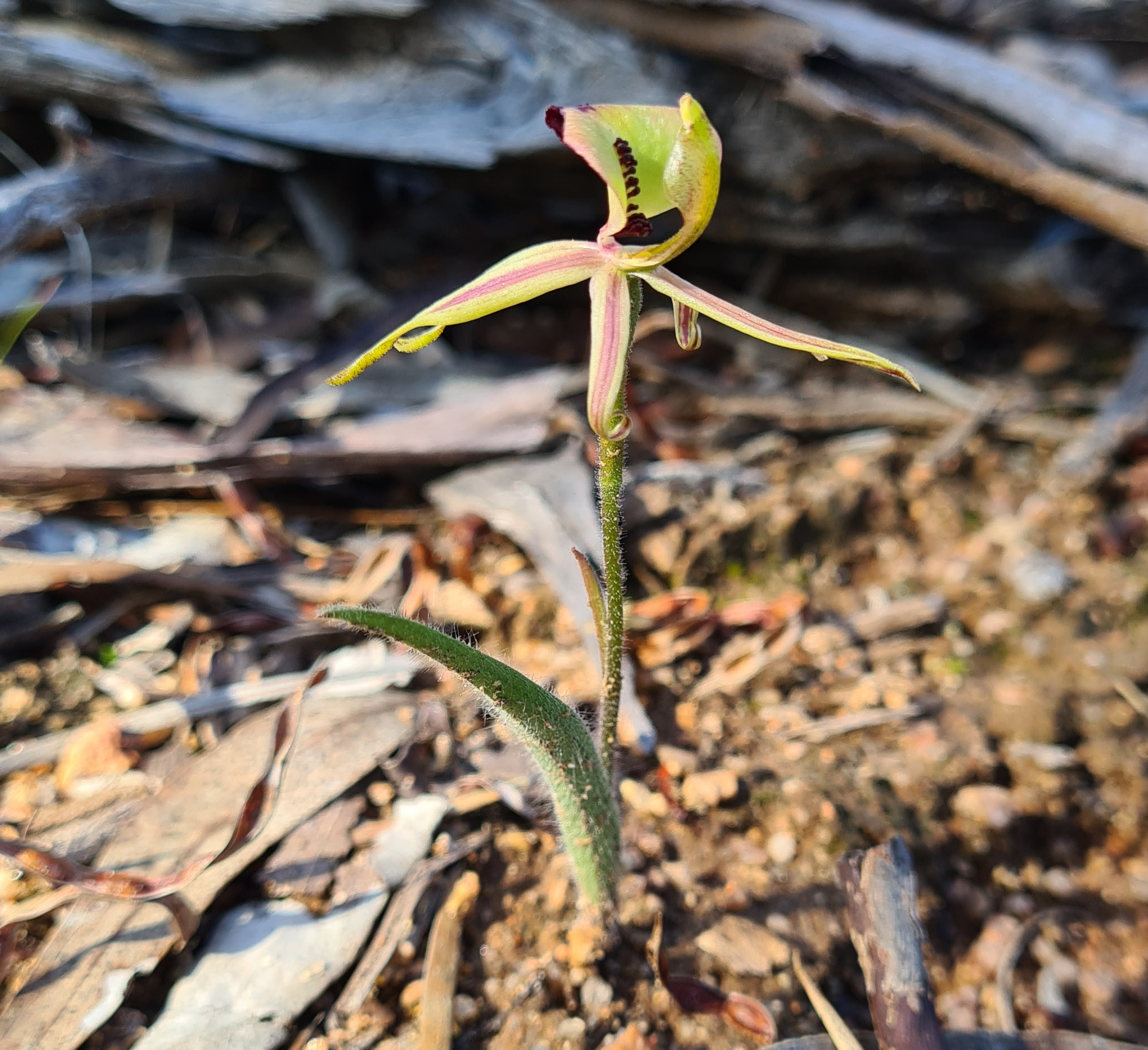
Then a trio of spider orchids is discovered, standing in isolation, as no others are found. I am struggling to place a definate ID to these ones. They are most likely more Chameleon spider orchid; however, any ideas would be greatly accepted.

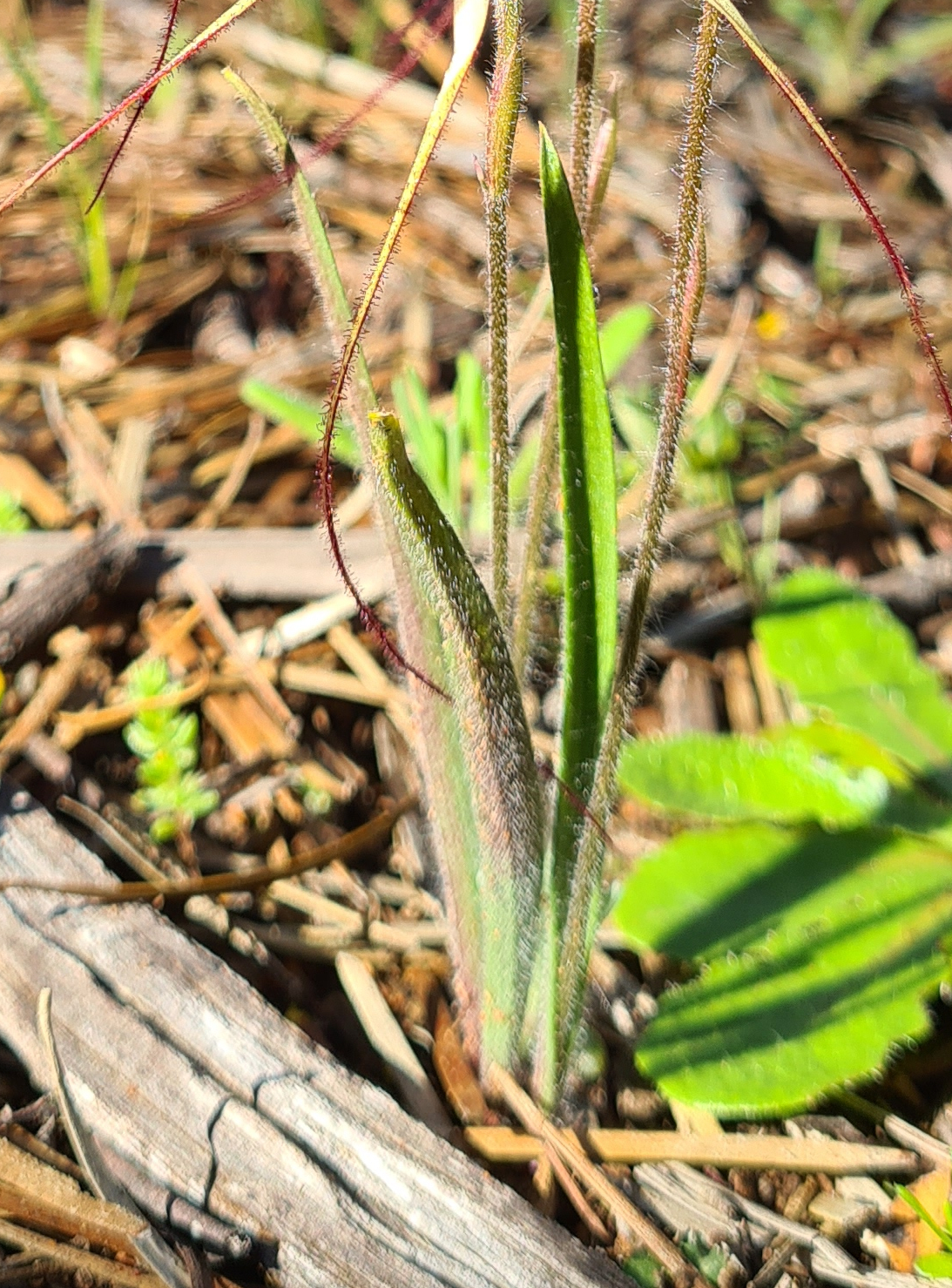
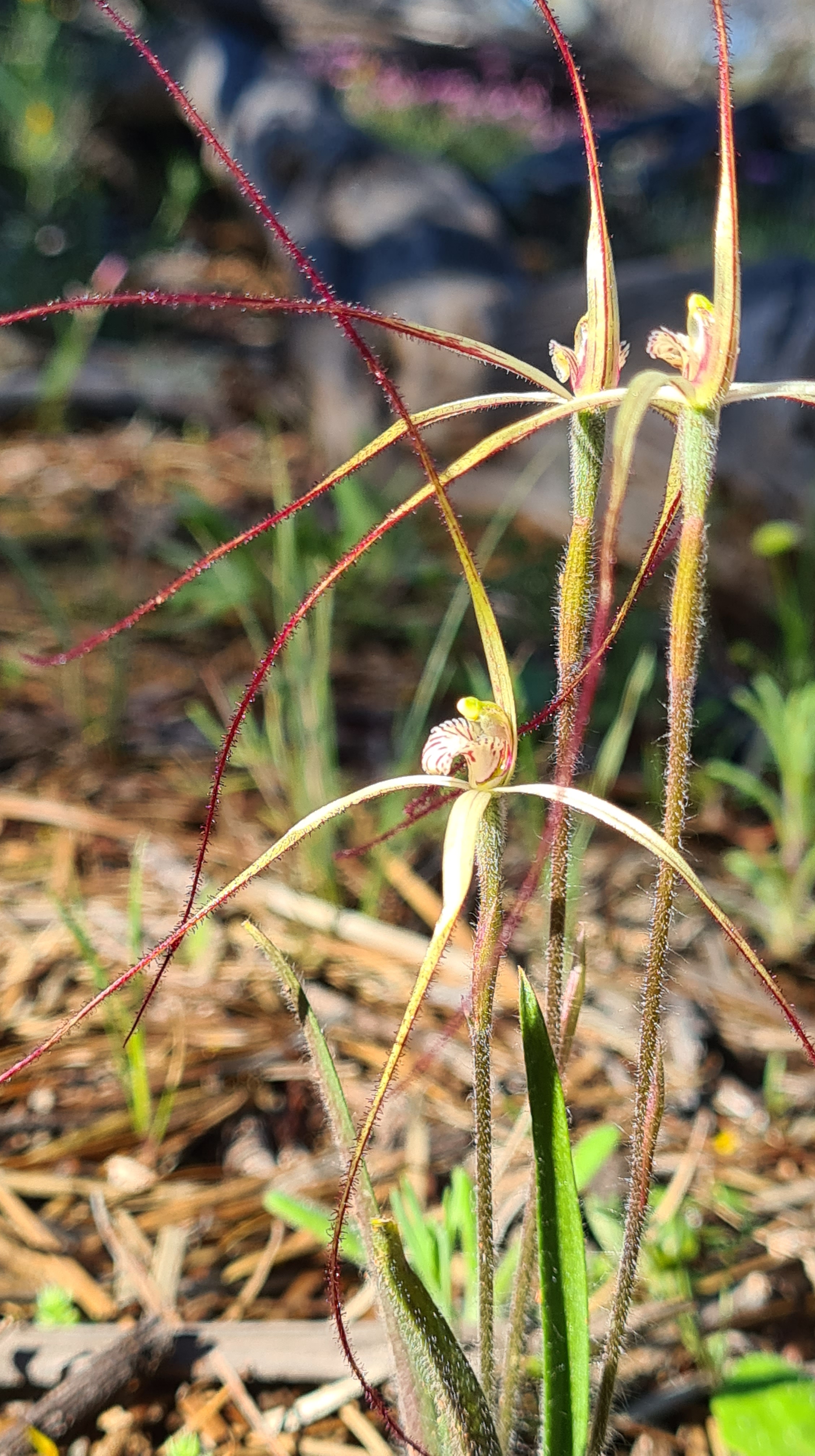

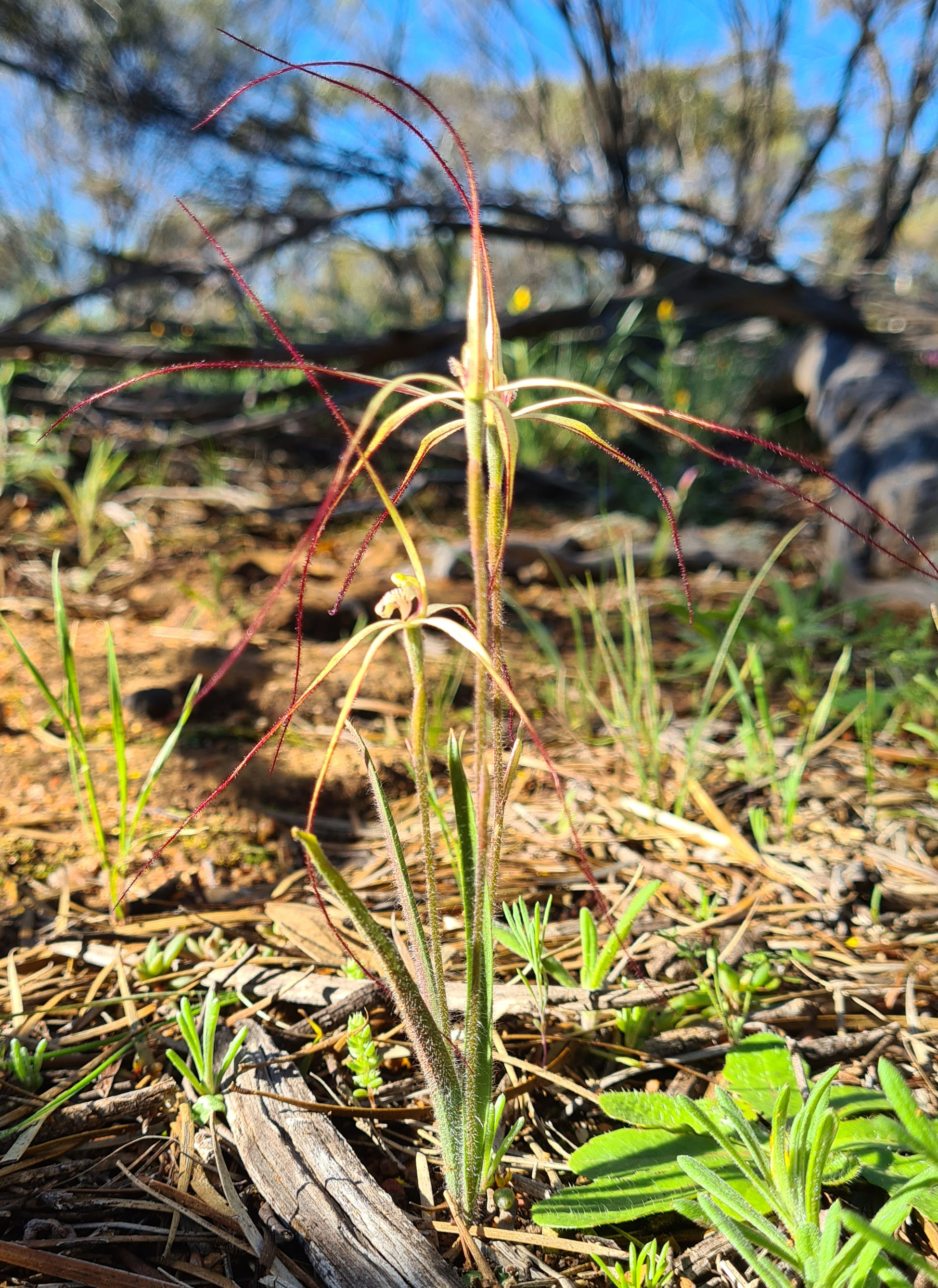
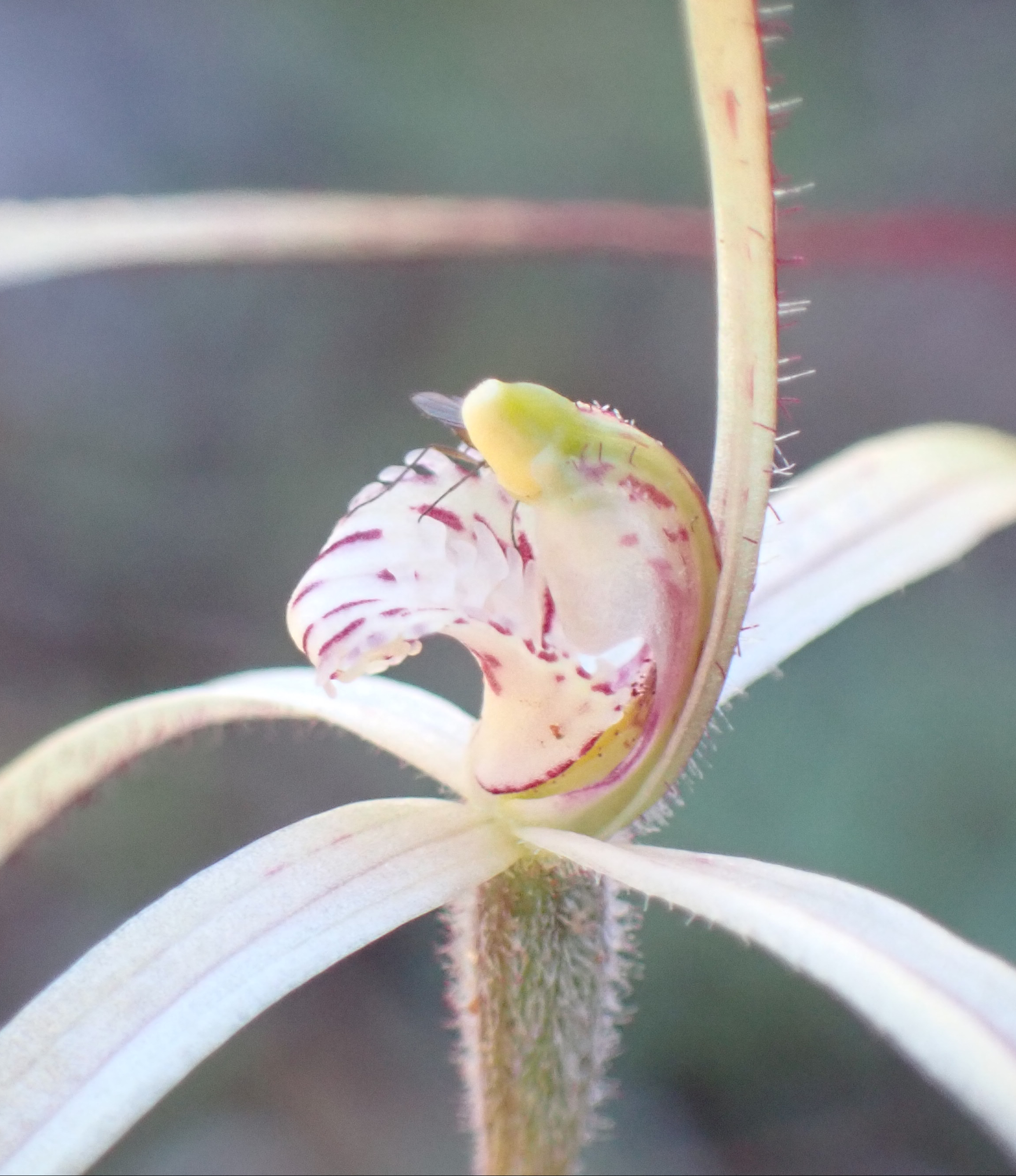
Then another blue orchid comes into view. This lone specimen is a Blue Beard which is a monotypic species. Not great shots taken of this orchid, but I will post 2 images just for the record.
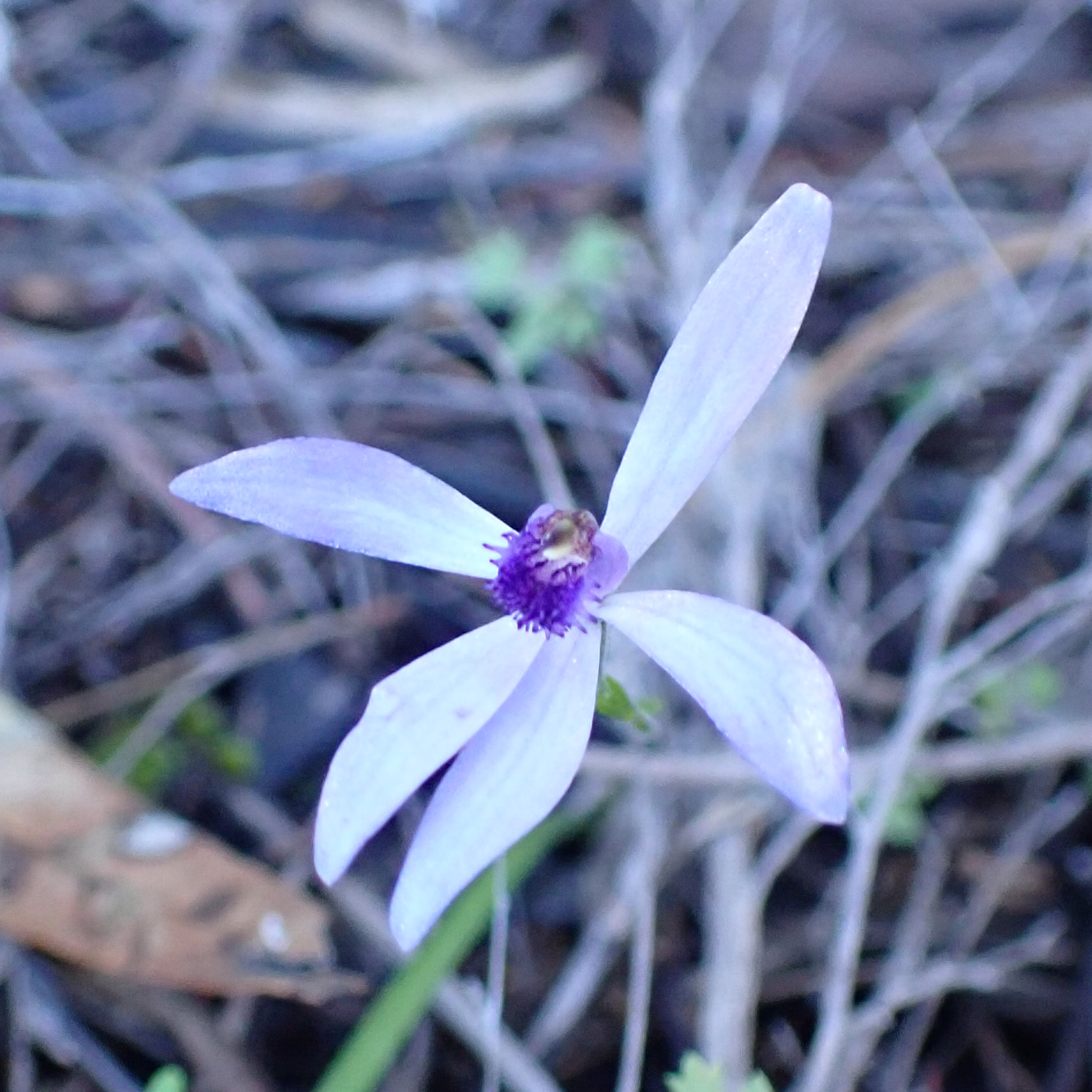

The final species found was the bright yellow donkey orchid. The species found at this location should be the Yellow Granite Donkey Orchid (Diuris hazeliae), so that is what I am identifying these ones as. These are a common inland orchid found from Paynes Find to Salmon Gums.

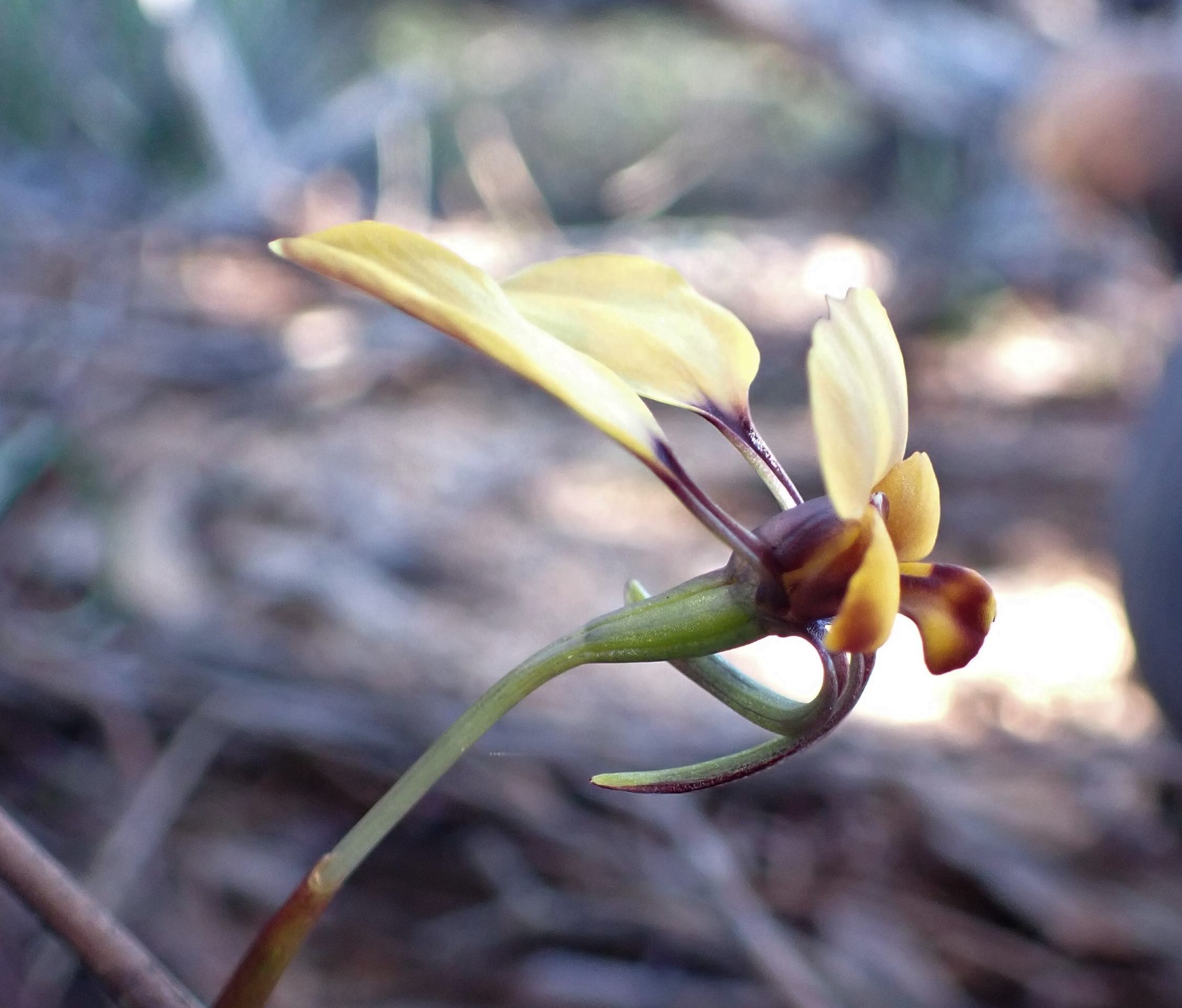
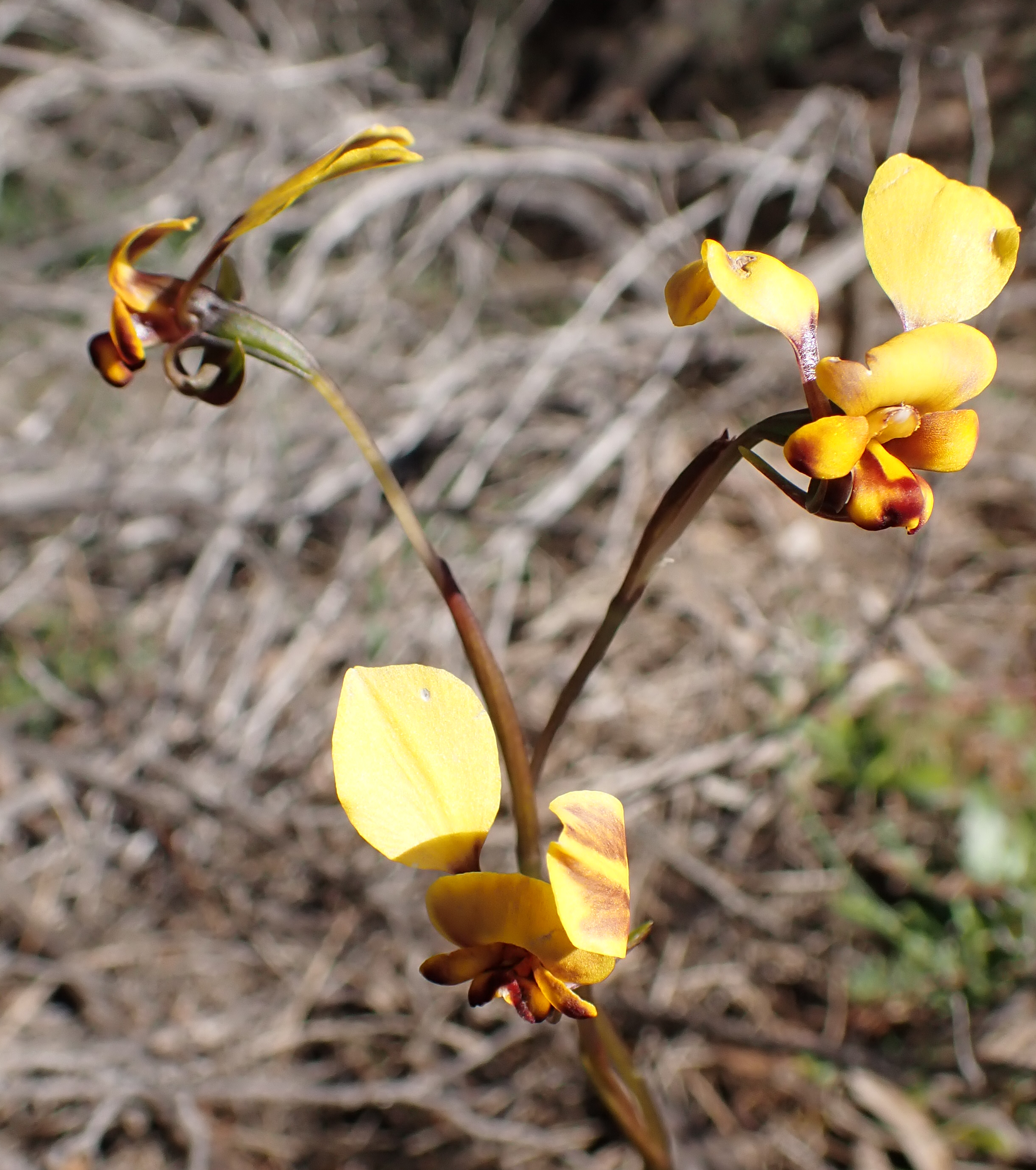


It’s after 3pm when we finally decide to head back to Westonia. The views from the top of the rock were amazing. This picnic area and rock are not a part of the adjacent Nature Reserve which I find interesting. We enjoy another night at the amazing Westonia Caravan Park.


